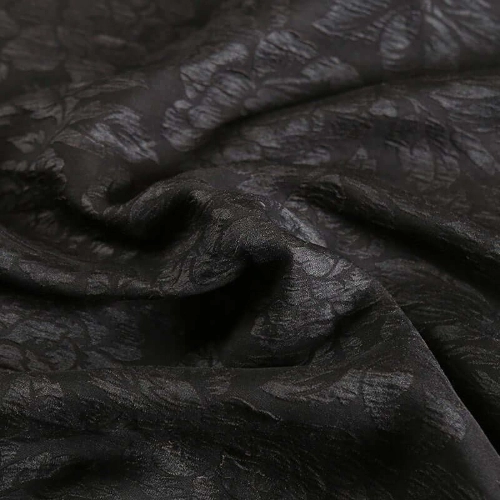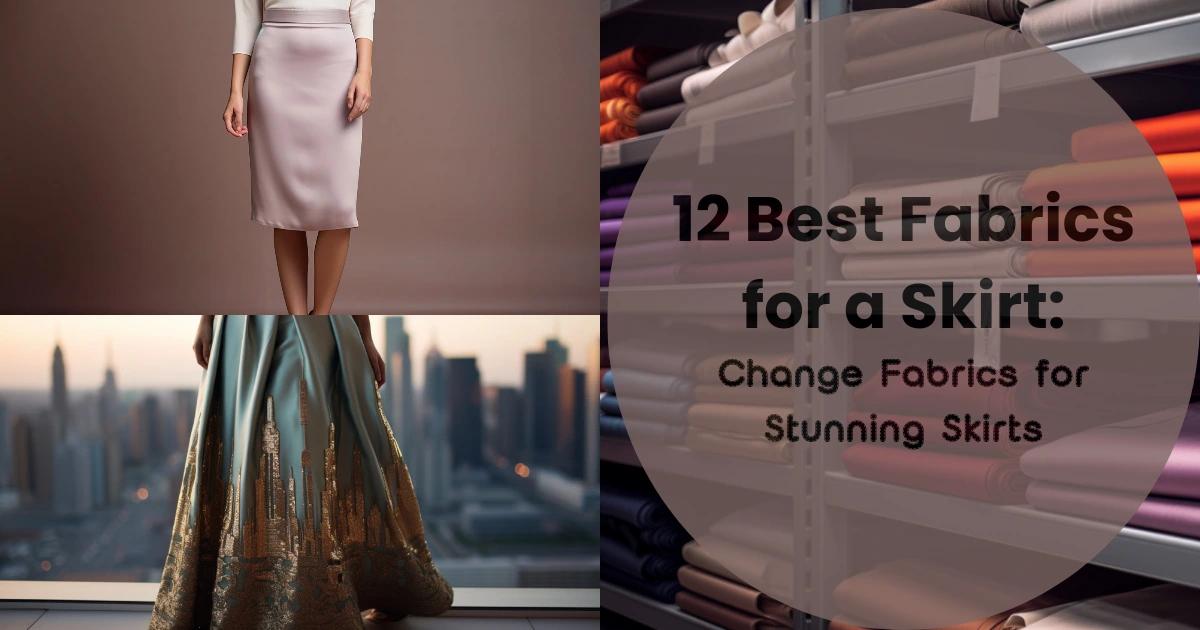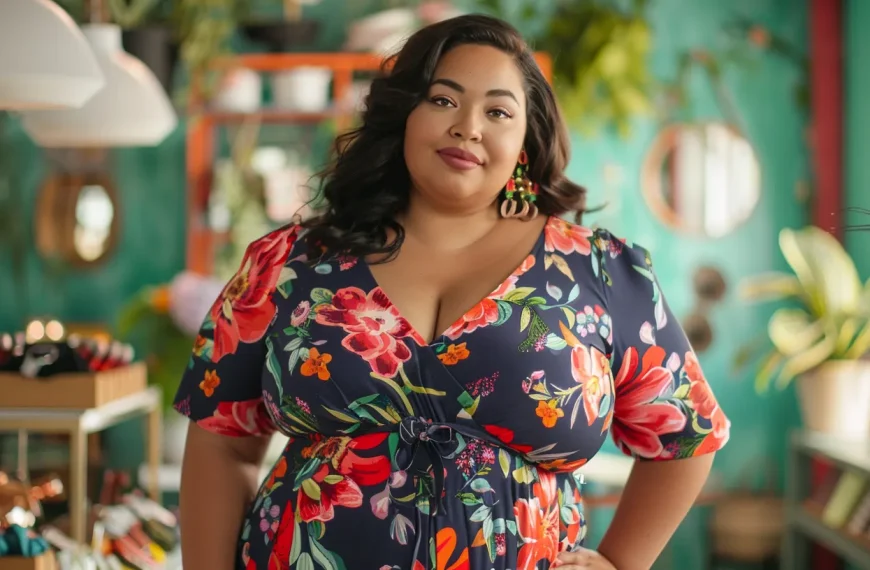Looking for a luxurious fabric that rivals the feel, look, and versatility of silk? As beautiful as it is, harvesting traditional silk often involves ethical concerns, which is related to animal welfare.
But don’t worry. I’ve compiled a comprehensive list of 20 fabrics similar to silk! Keep reading to discover eco-friendly fabrics with the lustrous elegance of silk but without any associated guilt.
Understanding Silk and Its Attributes
Silk is a natural protein fiber obtained from the cocoons of silkworms. This textile has been a coveted material for centuries due to its softness, sheen, and durability. Its temperature-regulating attribute makes it comfortable to wear all year.
Draping beautifully contributes significantly to silk’s popularity in the fashion industry.
But traditional silk production involves boiling the cocoon while the silkworm is still inside. This causes ethical concerns about animal welfare. Additionally, silk is not biodegradable. This makes it less appealing for environmentally conscious consumers.
On these grounds, we need silk alternatives. Those alternatives should have similar attributes. But they shouldn’t cost any lives or be harmful to the environment.
(Related: Go Longan Craft for more unique fabrics.)
Fabrics Similar to Silk: Eco-Friendly Alternatives
To begin with, let’s discover a variety of eco-friendly fabrics similar to silk. Explore these options and find the perfect alternative for your next fashion project or wardrobe upgrade.
1. Satin

Satin emerges as a popular alternative to silk in the fashion industry due to its luxurious and exquisite appeal. Fashion designers often resort to satin for creating trendy designs, from delicate evening wear to dramatic styles.
The fabric mirrors the sheer elegance of silk while ensuring luxury within budget. These make it an excellent alternative to silk. Unlike the traditional silk-making process, satin is created using multiple fibers. This process results in a versatile textile that’s not only beautiful but also more affordable than pure silk.
2. Chiffon
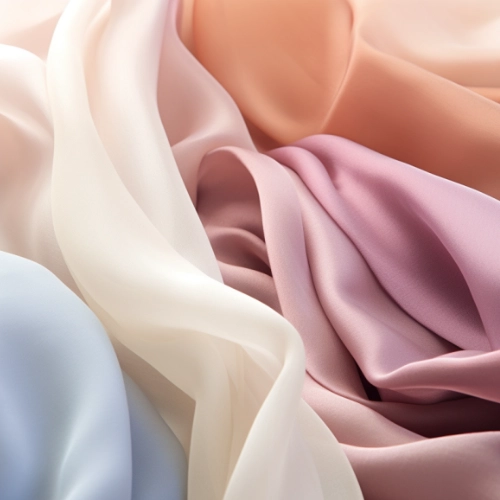
Designers often turn to chiffon as an affordable silk alternative for their creations. Due to its lightweight, slippery, and mesh-like qualities, it becomes the perfect choice for delicate overlays.
Chiffon is crafted from polyester instead of silkworm cocoons. This fabric provides a similar feel and look to silk, but at a reduced cost. It caters to fashion brands aiming for luxury while maintaining sustainability in their supply chains.
With such attributes, chiffon’s popularity continues to grow in the fashion industry.
3. Rayon

Rayon is a fabric that closely resembles silk in terms of its look and feel. It is made by chemically dissolving plant cellulose fibers and shaping them into filaments. Rayon is commonly used as a substitute for silk, especially in delicate garments and summer dresses.
It offers a more affordable alternative to silk while still providing an exquisite and classy appearance. With its versatility, rayon can imitate the luxurious look and feel of silk. This makes it a popular choice for those seeking sustainable and budget-friendly options.
4. Viscose
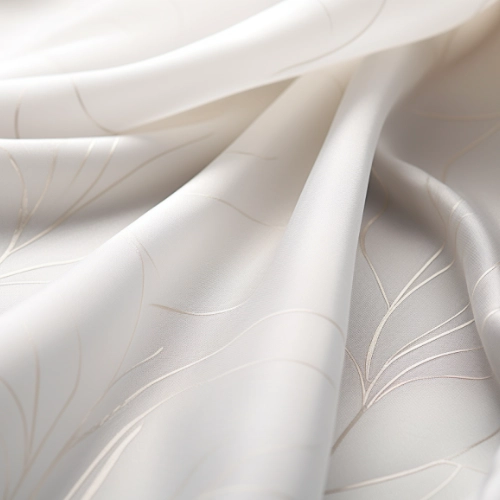
Viscose is a type of rayon fabric made from wood pulp. It is a popular substitute for silk. It offers a similar luxurious look and feel as silk.
However, it’s important to note that not all viscose is manufactured in a closed-loop system. This means its sustainability can be impacted. To enhance its luster and strength, viscose blends are often created with other fibers, like cotton.
Delicate garments and summer dresses incorporate viscose as a substitute for stretchy silk. This gives you the opportunity to enjoy the lightweight and flexible qualities of the fabric. At the same time, you don’t have to compromise your budget or style.
5. Lyocell
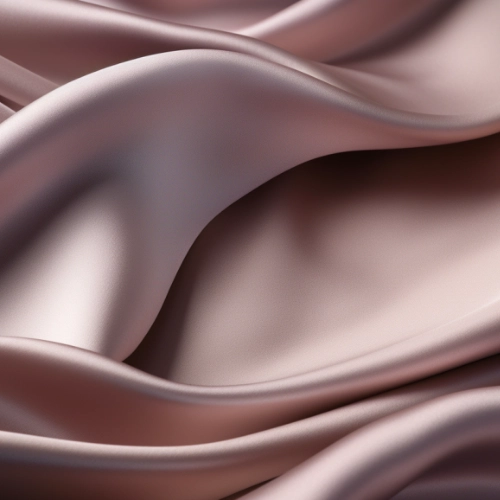
Lyocell is a semi-synthetic fabric that is derived from natural materials like oak, birch, or eucalyptus trees. It also offers a similar look and feel to silk.
What sets lyocell apart is its environmental consciousness. It’s considered to be a more sustainable alternative to traditional silk production. Not only that, but lyocell is also more affordable than silk. This makes it an attractive option for new and emerging fashion brands.
6. Cupro
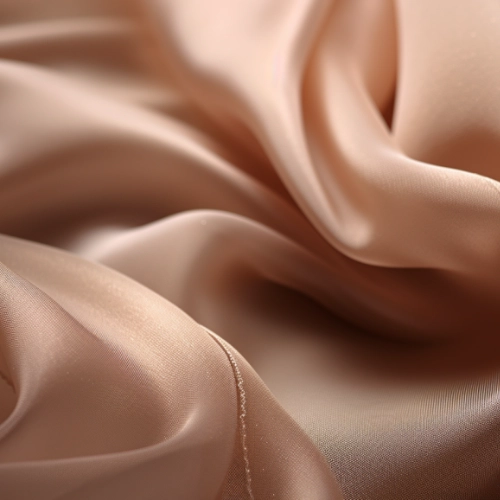
Cupro is a semi-synthetic textile substance that is often used as a substitute for stretchy silk outfits. It offers a similar elegant look to silk but at a more affordable price point.
Made from cotton waste, cupro has a smooth, draping texture that is reminiscent of silk. Its fine, elastic, and sheer qualities make it suitable for creating dramatic styles and exquisite looks. Plus, by opting for cupro, you are also making an environmentally conscious decision in the world of sustainable fashion.
7. Modal
Modal, derived from the cellulose of beech trees, is an excellent alternative to silk. Not only does modal consume less water and require fewer trees to be cut down, but it also offers a similar look and feel to silk.
With its lightweight nature and smooth texture, modal is commonly used in delicate garments like summer dresses. Embrace the comfort and luxury of modal while making an environmentally conscious fashion choice.
8. Mercerized Cotton
Not only does mercerized cotton resemble silk in appearance, but it is also considered an ethical and sustainable option. Moreover, mercerized cotton presents an affordable option while still maintaining a classy aesthetic. Designers can use this fabric to create high-end products within their budget. This provides you with luxurious-looking garments without breaking the bank.
9. Peace Silk
Peace silk, also known as Ahimsa silk, is a fabric similar to silk but with an ethical twist. It allows the silkworms to complete their life cycle without being harmed or killed in the process.
This makes peace silk a more humane alternative to traditional silk production methods. Its sustainability and ethical qualities have gained popularity in the fashion industry.
10. Wild Silk
Wild silk, also known as non-mulberry silk, is a luxurious and unique type of silk produced by silkworms found in the wild. Unlike traditional mulberry silk, which is derived from domesticated silkworms, wild silk is sourced from various species such as tussah, eri, and muga.
People cherish wild silk for its sustainable and eco-friendly production process. It’s highly sought-after in the fashion industry. Because it offers an attractive alternative for those seeking ethically sourced and exquisite silk products.
11. Recycled Silk
Recycled silk is a sustainable fabric that is created by repurposing discarded silk materials. It not only reduces the environmental impact of silk production but also gives new life to pre-existing silk fibers.
Recycled silk exhibits a unique blend of softness, strength, and lustrous sheen. These make it an ideal choice for various applications, such as clothing, accessories, and home decor. Its vibrant colors and intricate patterns add a touch of elegance and individuality to any design. By choosing recycled silk, you contribute to a more sustainable and conscious fashion industry.
Fabrics Similar to Silk: Natural Plant Silks
Next, it’s time to explore a world of fabrics similar to silk: natural plant silks which are eco-friendly too. Discover the sustainable options that are revolutionizing the fashion industry.
12. Lotus Silk
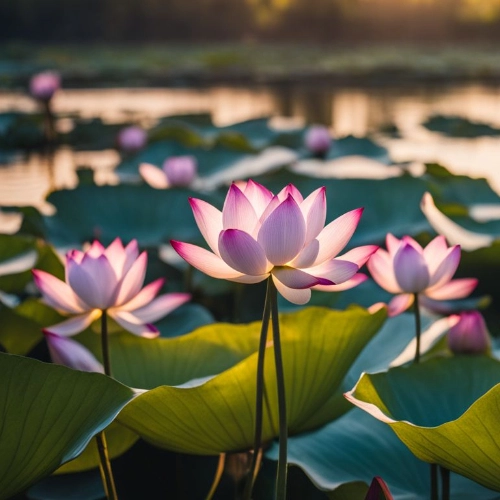
Lotus silk is a unique and environmentally friendly alternative to traditional silk. It is extracted from the stems of lotus flowers. The process can take up to two months. What makes lotus silk special is that it requires little water and no chemical pesticides during cultivation. This makes it an eco-conscious choice.
Not only that, but lotus silk is also rare and expensive, adding a touch of luxury to any garment made from this fabric. If you’re looking for a sustainable and high-quality silk substitute, consider exploring the beauty of lotus silk.
13. Banana Silk
Banana silk is a sustainable alternative to traditional silk. It’s made from the stems or stalks of banana plants. It offers similar luxurious looks to silk, with its durability, luster, and machine washability.
With its biodegradable nature and use of a renewable resource, banana silk is gaining popularity among environmentally conscious consumers.
14. Pineapple Silk

Pineapple silk is made from the long fibers found in pineapple leaves. This makes it a sustainable and vegan fabric choice. The process of extracting these natural fibers is delicate and expensive, but the end result is worth it.
Pineapple silk offers a similar elegant look to silk. So if you’re looking for a luxurious and environmentally conscious option, pineapple silk is definitely one to consider.
15. Cactus Silk
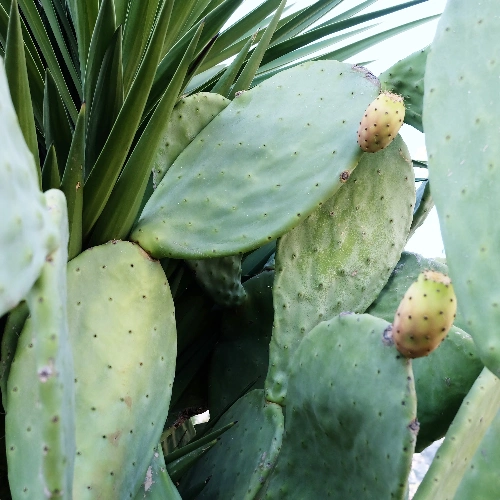
Cactus silk, also known as sabra silk, is a vegan and eco-friendly alternative to traditional silk. It is made from the fibers of agave plants found in the Saharan desert. The production process of cactus silk requires minimal water and does not involve any chemical intervention. So it is environmentally sustainable.
Cactus silk has a soft and shiny texture like conventional silk. What’s more, choosing cactus silk means you can enjoy the luxury feel of silk. Meanwhile, you won’t harm animals or compromise your commitment to sustainability.
16. Bamboo Silk
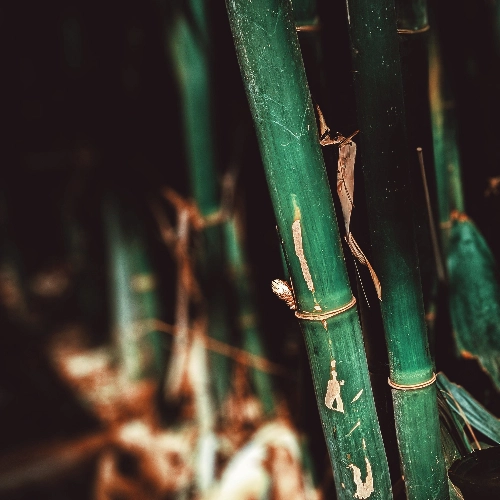
Bamboo silk is a fabric derived from the bamboo plant. It has a lustrous and shiny appearance, similar to silk. This lightweight and breathable material can be blended with other fibers, like cotton, to enhance its strength and luster.
Bamboo silk is perfect for creating delicate overlays and dramatic styles. So it’s an excellent choice for those looking for luxurious alternatives to traditional silk.
17. Soy Silk
Soy silk, also known as soy protein fiber, is a sustainable and eco-friendly textile. It’s made from the byproduct of soybean oil production. This innovative fabric offers a silky-smooth texture and a luxurious feel, similar to traditional silk.
Soy silk is highly regarded for its breathability, moisture-wicking properties, and durability. It is naturally hypoallergenic, making it suitable for those with sensitive skin. This versatile material can be blended with other fibers, enhancing its strength and flexibility.
With its low environmental impact, soy silk is a popular choice for you.
18. Orange Fiber
Orange fiber is a unique silk alternative that is created by extracting cellulose from leftover oranges. This innovative fabric is biodegradable and offers the same sheen and luster as traditional silk.
What sets orange fiber apart is its ethical production process. Unlike traditional silk, orange fiber provides a more compassionate alternative.
By choosing orange fiber, you can enjoy the luxurious feel of silk while making a conscious choice to support animal welfare.
19. Ramie
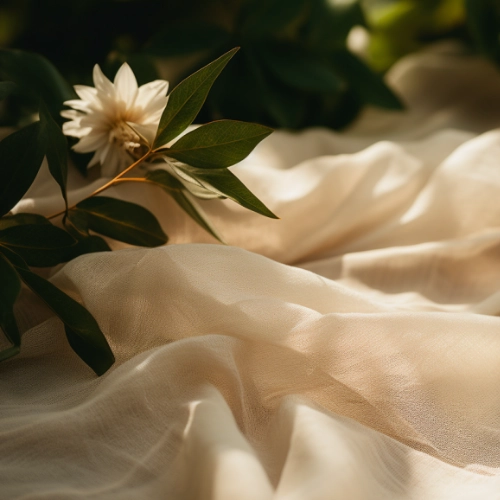
Ramie is a vegan and environmentally conscious substitute for silk. It has a natural wrinkle-free texture, making it a great option for those looking for low-maintenance fabrics. As one of the oldest existing fiber crops, ramie is derived from the stalks of the Chinese nettle plant.
This sustainable material can also be blended with cotton to increase its luster and strength. With its eco-friendly properties, ramie offers an excellent alternative to traditional silk. Meantime, it still provides luxurious looks at an affordable price point.
Fabrics Similar to Silk: Synthetic Silk Alternatives
At last, let’s discover the fascinating world of fabrics similar to silk: synthetic silk alternatives. You won’t believe the incredible options available!
20. Synthetic Spider Silk
Synthetic spider silk is made from sugar, yeast, and water. This fabric replicates the properties of spider silk without harming any spiders in the process. Also known as MicroSilk, it offers a sustainable and ethical alternative to natural spider silk.
With its biodegradable nature and similarities to silk, synthetic spider silk is increasingly seen as a viable fabric alternative.
Conclusion
Fabrics similar to silk offer a range of options that mimic its luxurious qualities. Regardless of what purpose you have, there are alternatives to suit every preference and budget.
With the above 20 innovative options, the possibilities for sustainable and stylish garments are expanding rapidly.
(Related: 12 BEST FABRICS FOR A SKIRT: CHANGE FABRICS FOR STUNNING SKIRTS; 15 BEST FABRICS FOR PANTS: FASHION SECRETS EXPOSED.)
FAQs
Q: What is vegan silk?
A: Vegan silk is an environmentally conscious fabric. It is created from vegetable textile fibers like banana fibers without harming silkworms.
Q: How does the fashion industry use biodegradable fabric similar to silk?
A: The fashion industry uses biodegradable alternatives to create exquisite and classy looks that appeal to planet-conscious customers.
Q: Can synthetic fabrics match the quality of natural ones?
A: Yes! Artificial silks are made from genetically modified yeast. They produce a light, soft, durable, and versatile fabric that’s quite similar to natural silk.
Q: How do I care for garments made from alternative fabrics?
A: Taking care of your alternative fabric garments can vary. Some require special attention, like Organza side panel dresses. Others, such as cupro clothing, only need basic maintenance routines using organic materials.


